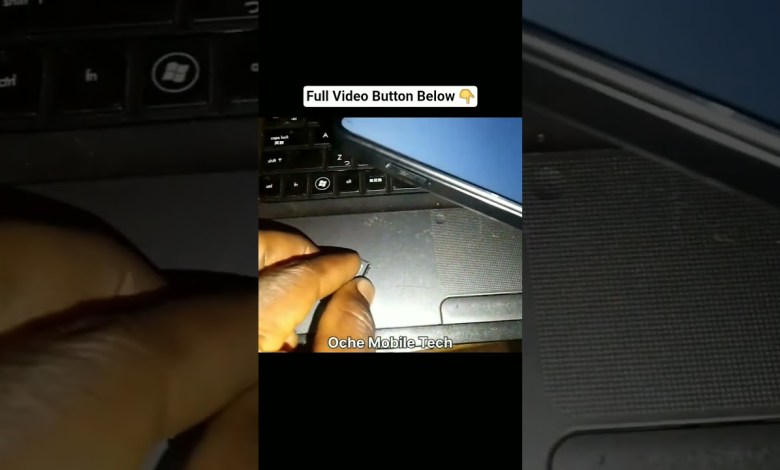Unlocking the Secrets: Villaon V40s FRP Bypass Without a PC #Smartphone

Villaon v40s FRP Bypass without PC #smartphone #recommended #unitedkingdom #usa #frpfile #frpbypass
Understanding Heat: A Comprehensive Overview
Introduction to Heat
Heat is a fundamental concept in physics that affects everything around us. From the warmth of the sun on our skin to the way a stove cooks food, heat plays a crucial role in our daily lives. This article will explore what heat is, how it differs from temperature, the methods of heat transfer, and its applications in various fields.
What Is Heat?
Heat is a form of energy that is transferred between two systems or bodies due to a temperature difference. It flows from a hotter object to a cooler one until thermal equilibrium is reached. This process can be difficult to visualize, yet it is essential in understanding how objects interact in our environment.
The Difference Between Heat and Temperature
While heat and temperature are often used interchangeably, they represent different concepts.
- Heat is energy in transit, moving from one object to another.
- Temperature is a measure of the average kinetic energy of the particles in an object.
For instance, a cup of coffee may have a high temperature, indicating that its molecules are moving rapidly, while a glass of ice water has a low temperature, with slower-moving molecules.
The Methods of Heat Transfer
Heat transfer occurs mainly in three ways: conduction, convection, and radiation. Understanding these methods can help us grasp how heat interacts with different materials and environments.
1. Conduction
Conduction is the process by which heat is directly transferred through a substance from one particle to another. This typically occurs in solids, where atoms and molecules are closely packed.
Example: A metal spoon in a hot bowl of soup will conduct heat from the soup into the spoon. If you touch the spoon after some time, it will feel warm because it has gained heat from the soup.
2. Convection
Convection involves the movement of heat through fluids, such as liquids and gases. It occurs when the warmer, less dense parts of a fluid rise and the cooler, denser parts sink, creating a circulation pattern.
Example: When boiling water, the hot water at the bottom of the pot rises to the top, while cooler water descends to take its place, resulting in a continuous flow of heat through the water.
3. Radiation
Radiation is the transfer of heat through electromagnetic waves. Unlike conduction and convection, radiation does not require a medium, meaning heat can be transferred through a vacuum.
Example: The warmth felt from the sun is due to heat radiation traveling through the vacuum of space to reach the Earth.
The Role of Heat in Everyday Life
Heat plays a vital role in numerous everyday applications, from cooking to heating our homes and industrial processes.
Cooking
In the kitchen, understanding heat transfer is essential for effective cooking. Different cooking methods utilize various forms of heat transfer:
- Conduction is utilized when frying on a stovetop.
- Convection occurs while baking in an oven, where hot air circulates around the food.
- Radiation is used in grilling or broiling, where food is exposed to direct infrared heat.
Heating and Air Conditioning
Heating systems, such as radiators and heat pumps, rely on the principles of heat transfer. Similarly, air conditioning units use the principles of convection and evaporation to cool spaces by removing heat from indoor air.
Industrial Processes
In industrial applications, heat plays a critical role in manufacturing, material processing, and energy generation. For example, metal is often heated to high temperatures to make it malleable for shaping and forming.
The Science of Heat Measurement
Heat is quantified in various units, the most common being joules (J) in the International System of Units (SI). Other units include calories and British thermal units (BTUs).
Calorimetry
Calorimetry is the science of measuring heat transfer. It often involves using a calorimeter to measure the heat of chemical reactions, phase changes, or heat capacity of materials.
Specific Heat Capacity
One important concept in calorimetry is specific heat capacity, which measures how much heat a substance can store per unit mass per degree of temperature change. Substances with a high specific heat capacity, like water, can absorb a lot of heat without a significant rise in temperature.
Applications in Modern Technology
Renewable Energy
Heat is increasingly being harnessed in renewable energy technologies. Solar thermal systems, for example, capture heat from the sun to generate electricity or heat water.
Thermoelectric Devices
Thermoelectric devices convert heat energy directly into electrical energy. These technologies have the potential to make use of waste heat produced in various industrial processes.
Conclusion
Understanding heat is essential for grasping the world around us. Whether it’s in cooking, heating our homes, or advancing technology, heat transfer plays a crucial role in our daily lives and various industries. By exploring the different methods of heat transfer and its myriad applications, we can appreciate the significance of heat beyond just a physical sensation; it is a vital component in the intricate workings of our environment.
Further Reading and Resources
- Books on thermodynamics and heat transfer
- Online courses on the physics of heat
- Scientific journals focusing on heat transfer research
By delving deeper into the study of heat, we can unlock new technologies and improve existing systems for a more energy-efficient future.
#Villaon #v40s #FRP #Bypass #smartphone













